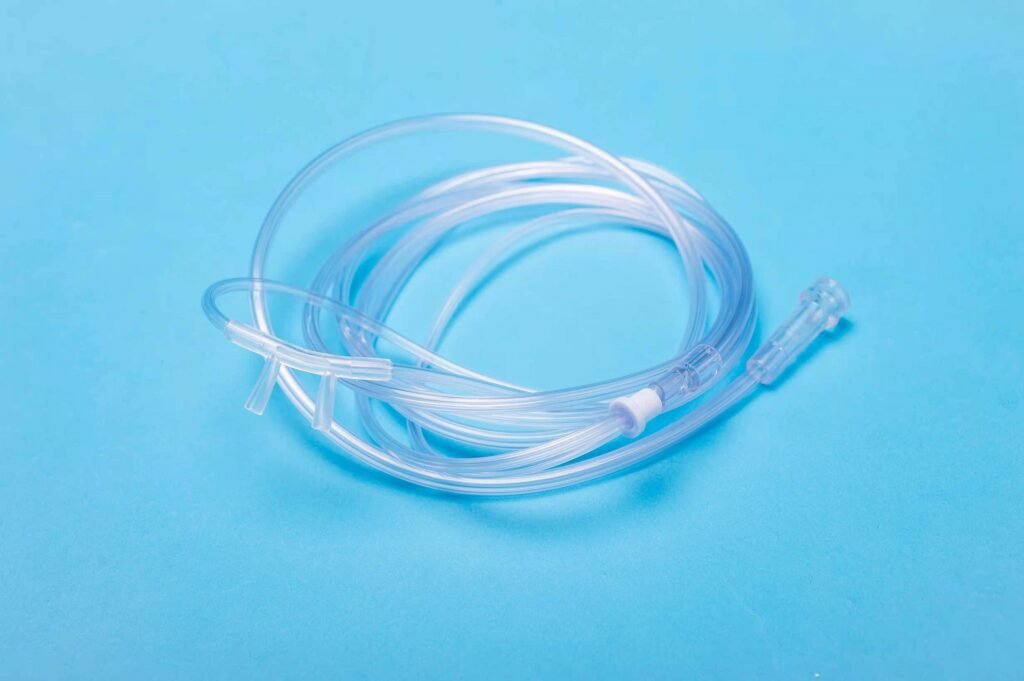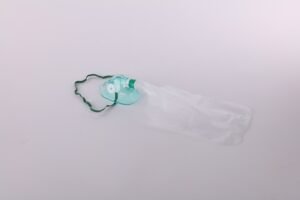
Professionals say nasal cannulas are ordinary in patients with chronic obstructive pulmonary disease (COPD). Often patients choose a nasal cannula because the cannula allows them to eat, drink and speak, and it is often more comfortable than a mask when they are taking in oxygen each day.
What are the different types of nasal cannulas?
There are two main types of nasal cannulas: straight nasal cannulas and immersion nasal cannulas. The quality of nasal cannulas mainly lies in the nasal plug tip, and the softer the tip of the nasal plug, the better the quality. The plug tip of the immersion nasal cannula fully meets this condition and is suitable for suffering from COPD. But the price is much higher than the ordinary nasal cannula.
In the treatment of COPD, patients are given oxygen continuously for at least 15 hours a day to correct clinical signs of hypoxemia or suspected tissue hypoxia and to reduce the patient’s cardiopulmonary load. Nasal cannulas are available in straight and curved nasal plug shapes, there are four nasal plug sizes: adult, pediatric, infant, and neonatal. The amount of oxygen a patient receives from an oxygen therapy device depends on the influence of various factors, including breathing depth and frequency, and these variables may change during acute exacerbations of COPD, when unexpectedly high concentrations of oxygen may be inhaled. This issue is important in patients with COPD, especially in patients with chronic hypercapnia, and can lead to life-threatening consequences in severe cases.
These patients need to control the amount of oxygen inhaled during the acute phase. Delivering a known concentration of oxygen and titrating to the patient’s oxygen saturation (target saturation 88-92%). Regardless of breathing pattern, can reduce the risk to a large extent. With the option of replacing the nasal cannula once the patient is stable.





